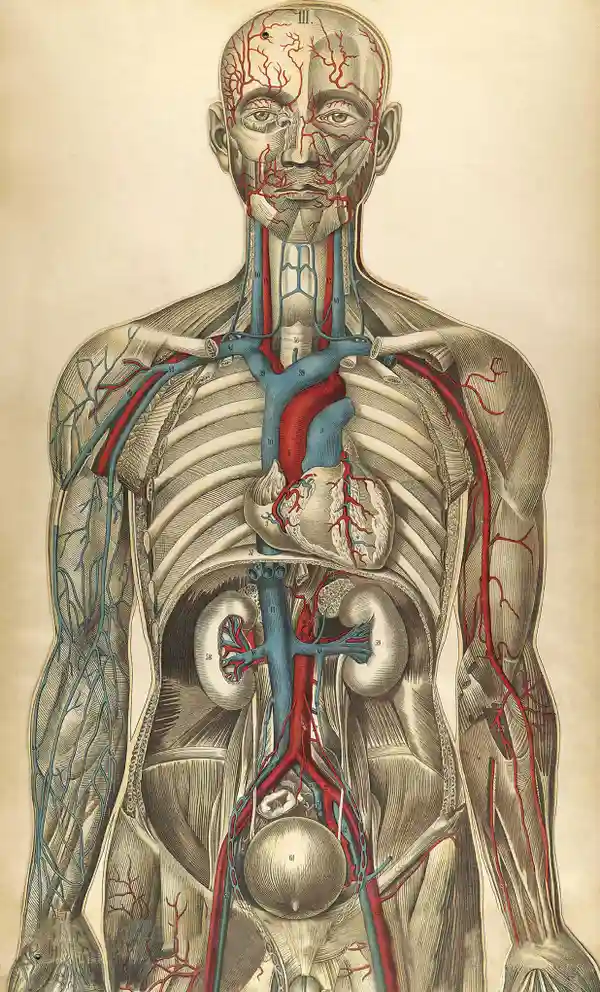ChatGPT-4 (C4) and I Are Both Mystified

Never mind what this script is supposed to do. As written in line 7, character 9 produces a syntax error. But the line looks perfectly Ok to me. The problem is defining "i" while defining the for loop. It turns out this is not allowed in LSL, but it *should* be (in other similar languages). The following small modification fixes things: But no matter how often I told C4 there was a syntax error, it kept re-writing the script with the same error. So the question arises, does C4 know LSL syntax? When this is explicitly pointed out to C4, we get this amusing dialogue: C4 admits its error and correctly rewrites the script. There are lessons to be learned here, but I'm unsure what ... It's clear that the user here (me) needs to be fairly proficient with LSL and isolating errors. It may be that C4 parses and generates LSL according to syntax rules that are similar to other languages but not identical. It's a bit cool that it makes the same mistake I would have. Artif...













